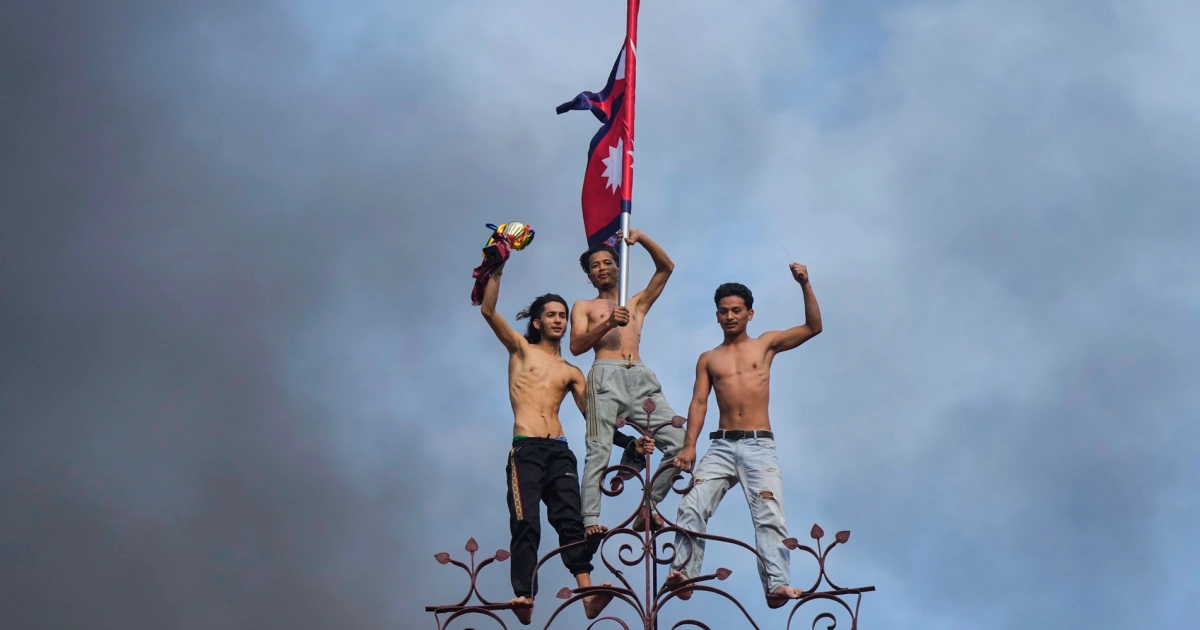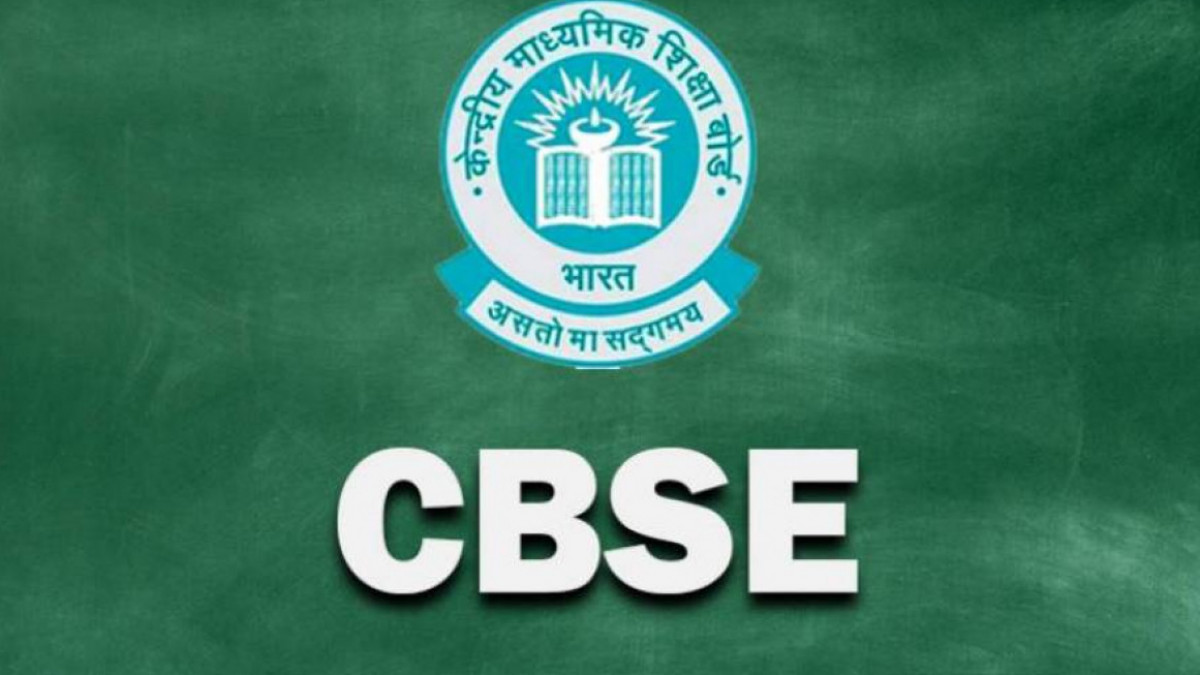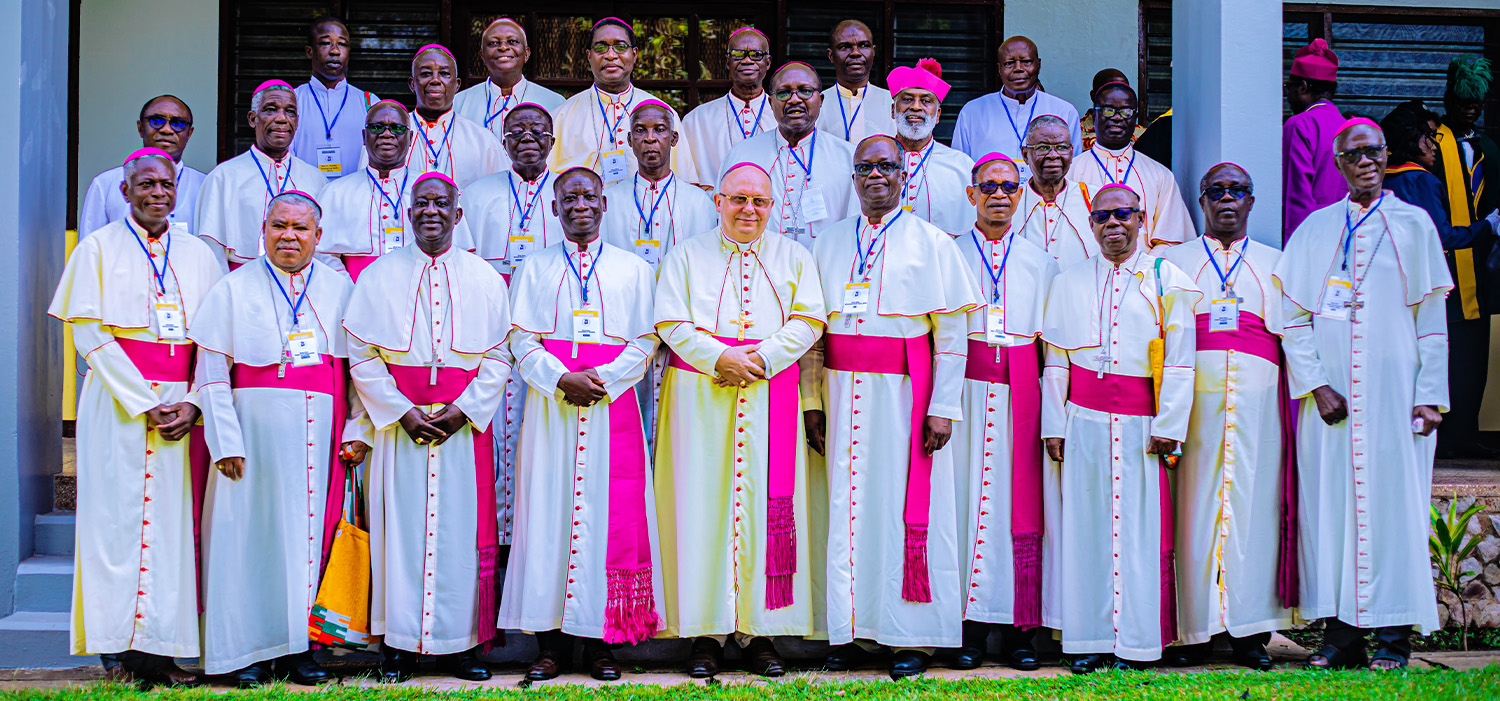
Even though they happened 2,000 miles apart, deadly anti-government protests in Nepal and Indonesia have a common denominator: They are being led by Gen Z, those born between 1997 and 2012.
Though people under 30 make up about half the population in both Asian democracies, the immediate reasons for their outrage were different. In Nepal, demonstrations were set off by a social media ban, while in Indonesia anger erupted over lavish perks for government officials.
But they share the driving force of young people who are furious over a lack of jobs, rampant corruption and rising economic inequality.
ŌĆ£Young people are being forced into precarious types of employment, including young people with education,ŌĆØ said Vedi Hadiz, a professor of Asian studies at the University of MelbourneŌĆÖs Asia Institute. ŌĆ£Young people are angry and feel unprotected or feel that their futures are not secure.ŌĆØ
Nearly 14% of people ages 15 to 24 were unemployed in Indonesia last year, according to the World Bank. The figure in Nepal is even higher ŌĆö 20% ŌĆö which observers say has pushed young people to leave the country in droves to find jobs in neighboring India as well as in other regions such as the Middle East, where theyŌĆÖre often employed as laborers. President Donald TrumpŌĆÖs tariffs of 19% on Indonesia and 10% on Nepal have only added to worries.
ŌĆ£The end goal was just to have more transparency in the government, and then have all these old politicians whoŌĆÖve been just there for the longest time and not having done anything for the country all resign, and then we sort of have this new leadership with no old ties who work for the people,ŌĆØ said Sahaj Shreseha, 28, an IT security analyst who was protesting Tuesday in the Nepali capital, Kathmandu.
One politician young protesters have rallied around is KathmanduŌĆÖs 35-year-old mayor, Balendra Shah, a former rapper who frequently appears on Instagram in sunglasses and has criticized corruption, social injustice and government failures. Some have called for him to be the countryŌĆÖs new leader.
Shah said he did not join the protests, which he said were mainly for people under 26 who might view him as too old, but that it was important to listen to protestersŌĆÖ demands.
On Tuesday, after Prime Minister K.P. Sharma Oli resigned, he called on protesters to show patience and restraint.
ŌĆ£Now your generation will have to lead the country!ŌĆØ he told his almost 800,000 followers on Instagram. ŌĆ£Be prepared!ŌĆØ
ŌĆśAn impatient generationŌĆÖ
The protests have had deadly consequences in both Nepal and Indonesia, where police fired on demonstrators. The violence last week in Nepal, where protesters set fire to government buildings and political leadersŌĆÖ homes, left at least 72 people dead, the countryŌĆÖs health ministry said Sunday. In Indonesia, 10 people died in the five-day protests, according to the independent National Commission on Human Rights.
But they have also forced government changes in both countries.
In Nepal, a Himalayan country of about 30 million people, the 73-year-old Oli has been replaced by former Supreme Court Chief Justice Sushila Karki, also 73, who was the choice of student protesters and is the countryŌĆÖs first female leader. Karki is serving in an interim capacity, and new elections have been called for March.
In Indonesia, the worldŌĆÖs biggest Muslim-majority country, President Prabowo Subianto rolled back the government perks and fired five ministers, including the ministers of finance and security.
Authorities in both countries pledged to crack down on vandalism and violence during the protests, but the show of force only served as a catalyst, with incidents quickly going viral on social media and mobilizing Gen Z.
In Indonesia, anger initially erupted over reports that lawmakers were receiving a $3,000 monthly housing allowance, despite the vast majority of the countryŌĆÖs 280 million people struggling with the soaring cost of living. The allowance is 10 times the minimum monthly wage in Jakarta, the Indonesian capital.
But demonstrations grew especially violent after a Gen Z delivery rider, 21-year-old Affan Kurniawan, was reportedly killed when an armored police vehicle ran him over while he was completing a food delivery in Jakarta last month. Authorities later fired a police officer involved in KurniawanŌĆÖs death, video of which further inflamed the public.
ŌĆ£They started to post online, they started to criticize the police, they started to be mad at the government, and even those people that I know are sort of silent about this usually, because of seeing that video, they started to show that anger,ŌĆØ said Christina Pertiwi, an adjunct anthropology lecturer at the University of Indonesia, referring to the video showing KurniawanŌĆÖs death.
Even high schoolers were expressing their support, Pertiwi said.
ŌĆ£I saw private high schools publish a formal statement supporting the protesters because of the injustice,ŌĆØ she said.
Pukar Hamal, who runs SecurityPal AI, a cybersecurity startup in San Francisco with nearly 200 Gen Z employees in Nepal, said, ŌĆ£Gen Z has always been, for all the good reasons, an impatient generation, because they want progress much faster.ŌĆØ
ŌĆ£TheyŌĆÖre able to compare society so quickly. They look at a reel of what Singapore, Dubai, U.S., Hong Kong looks like,ŌĆØ said Hamal, who immigrated to the U.S. from Nepal in 1999. ŌĆ£What people feel is that the connection between effort and progress feels fundamentally broken.ŌĆØ
Gen Z protesters in Nepal have also expressed resentment over what they see as ŌĆ£nepo kidsŌĆØ ŌĆö children of powerful politicians or the ultrawealthy who flaunt their privilege on social media.
ŌĆ£When you see folks from your own country have much better disposition for what may feel like was not because of their own hard work, but because of what family they were born into,ŌĆØ Hamal said, ŌĆ£that can breed quite a bit of resentment.ŌĆØ



